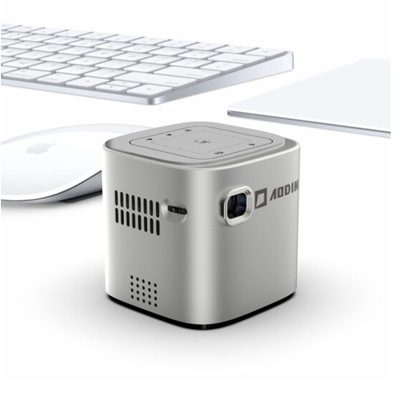Mini projectors are proving to be valuable tools in disaster relief efforts, facilitating communication, education, and support in challenging and urgent situations.
- Emergency Information Dissemination: Mini projectors can project emergency information, evacuation routes, and safety instructions onto buildings and walls in disaster-affected areas, providing critical guidance to affected populations.
- Medical Outreach: In disaster-stricken regions, mini projectors are used to project medical information, disease prevention measures, and basic healthcare guidance to communities in need of urgent medical support.
- Temporary Shelters: Mini projectors contribute to creating temporary shelters that offer informative and educational content for displaced populations, improving their well-being and mental state during difficult times.
- Educational Support: Mini projectors enable educators and relief organizations to set up temporary classrooms and educational spaces, projecting lessons, educational videos, and interactive content for children and adults alike.
- Psychosocial Support: Mini projectors can project soothing visuals, calming scenes, and mindfulness content to help alleviate stress and provide psychological support to disaster survivors.
- Communication with Remote Areas: Mini projectors are used to establish communication with remote or isolated disaster-affected areas, projecting video messages, updates, and directions to ensure affected populations are informed and connected.
- Crisis Mapping and Response: Mini projectors aid in projecting real-time crisis maps, satellite imagery, and logistical information to coordinate response efforts and allocate resources effectively.
- Community Gathering: Mini projectors foster community gatherings in disaster relief camps, projecting content that brings people together for discussions, entertainment, and support.
In disaster relief scenarios, where communication and support are crucial, mini projectors play a vital role in providing information, education, and connection to affected communities. By leveraging their portability and versatility, relief organizations can enhance their efforts to help people rebuild their lives and regain a sense of normalcy after disasters.








